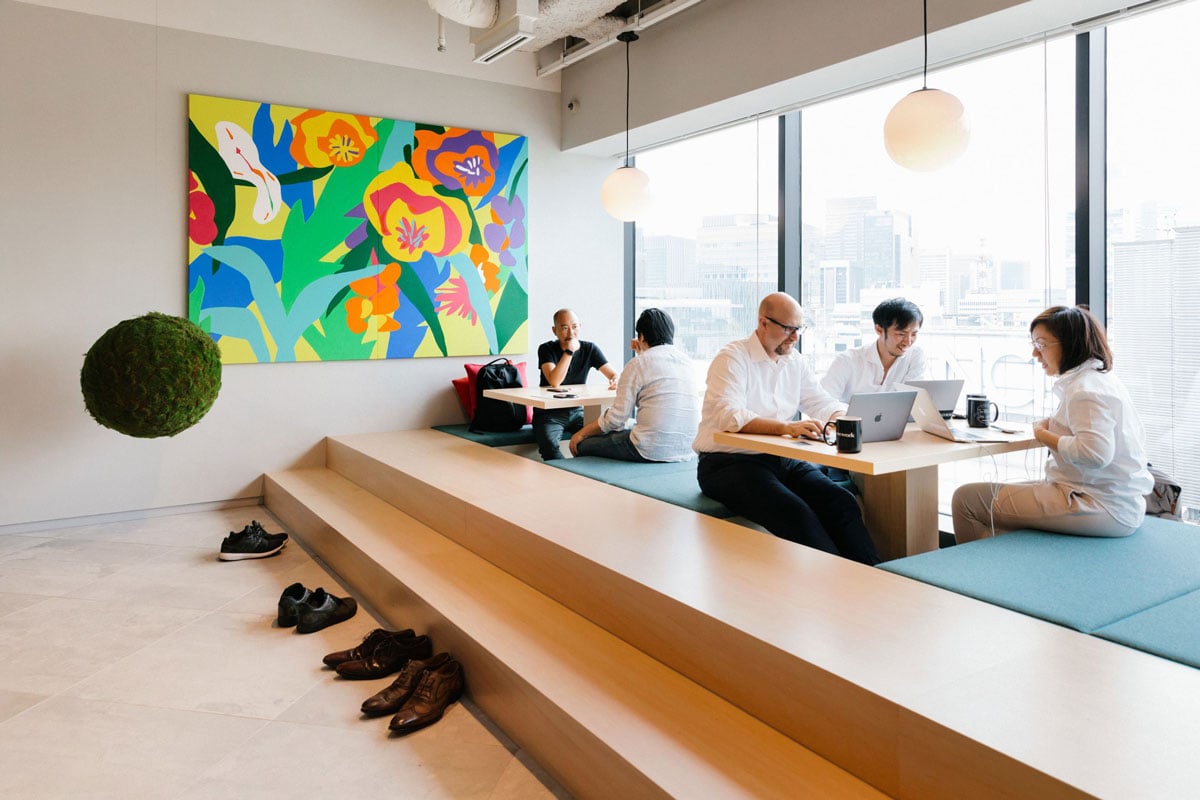If I may stereotype for an article, C-suite operatives tend to be the kind of people who shape the world to their comfort.
Generally speaking, they’re the sort of folk who will rearrange your fridge to better accommodate their beer, or wordlessly hand you their jacket for a second while they tuck in their shirt.
They’re a form of human who will have a crack at changing the channel on the pub TV before bothering a bartender. I’m not talking about selfish behaviour here, more an innate sense that you can change things for the better – at least as you perceive them.
Creating comfort in the workplace
What does this mean in the workplace? Often, it can mean an incoming CEO – or even an established one – will rearrange things to suit the way they think and operate, in the same way you might rearrange your bedroom as a kid for a change of scenery (that dodgy bookcase always looked better towering over your sister’s bed).
If a CEO has some niggling back issues, they’re more likely to be inclined to install standing desks for any employee who wants one. If they don’t drink, the Christmas party might be more sober than you’re used to (Kerry Packer notwithstanding).
This might not be a big deal in a lot of cases, but it’s fascinating to hide in the back at a conference populated by leaders and hear them tell each other about the workplace changes they’ve made, most of which tend to align with their particular sense of how the world should be.
Does anyone ask the frontline staff if they’d prefer to sit in an open-office pod scenario?
Even when you encounter a CEO who trumpets the benefits of the flexible working arrangements they’ve allowed under their watch, it tends to be because they prefer a more flexible lifestyle. Just once I’d like to see a hidebound, leather-and-ashtray boss straight out of the 1960s discuss the changes they’ve made to their working life because it benefits the majority of their workforce, even as it presents an inconvenience to him (remember, it’s the 1960s).
What managers should be doing
If you’re in a managerial role, consider how the innovations you’ve pushed for impact the people under your watchful eye. Have you done it for yourself, for them, or because you read about it in a motivational microblog from an agile influencer who hasn’t set foot in a formal work environment since everything was leather and ashtrays?
On the other hand, for those of us still sitting outside that third-letter suite taking notes, it can be instructive to see how our corporate idols behave. Do you really have to ask permission for as many things as you do? Can’t you just… do them?
Shaping the world to your comfort doesn’t necessarily mean imposing on the comfort levels of other people. Not every remoulding of reality is the equivalent of putting your chair right back as soon as the plane is airborne.
As long as nobody else is watching the pub TV, why not change it? Why not drag that other table over to this better position? Why not help yourself to the beer taps, since she’s bus- okay fine, there’s a limit.
Read next: Evidence that an open-plan office actually hurts collaboration







